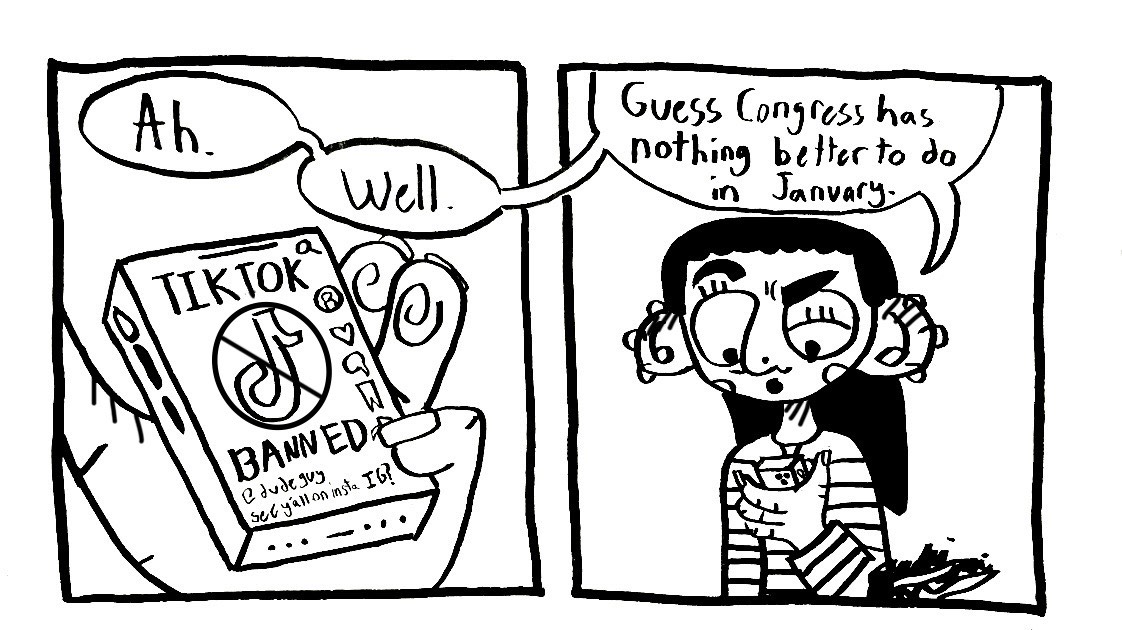GW students will have a lot of important dates to program into their Blackberrys this year. On Sept. 2, classes begin. Nov. 4 is the presidential election, which for some students is something like Christmas and the Super Bowl rolled into one. On Jan. 20, D.C. will host what is likely to be one of the biggest inaugural parties in recent memory. But one date few students will be keeping track of is Sept. 9.
Despite a slightly demented obsession with politics, much of GW will begin the year without taking much notice of a primary election going on right here in Ward 2 – the largest ward in the District which includes Foggy Bottom, Georgetown, Dupont Circle and parts of the National Mall and Chinatown. For a school where 18-year-old presidential hopefuls are in no short supply, the primary for Ward 2 may seem insignificant. But before students plan their own primary strategies, it might benefit the rest of Foggy Bottom if they took notice of the sidewalk politics going on right outside.
A few days ago I attended a debate hosted by the Foggy Bottom Association between incumbent D.C. Councilmember Jack Evans and his Democratic challenger, GW alumnus Cary Silverman. Although the issues discussed were sometimes irrelevant (one resident showed great concern about police officers attacking dogs), they were all of a local scope often forgotten in the big national stories pushed by the press.
One of the more pertinent issues raised was that of The George Washington University’s place in Foggy Bottom. After years of the school’s seemingly insatiable growth, many residents have grown angry at what they feel is the loss of a community. But this does not need to be the case.
Rejuvenation is a hard process, and it is understandably difficult for temporary residents like GW students to invest much interest in local identity. Nevertheless, it wouldn’t hurt for students to show some more interest in the issues surrounding our campus. Even if each student attended just one or two community meetings during their years on campus, it would contribute to that local identity so many residents crave. Another option would be to get involved in a local campaign and voice an opinion as part of the neighborhood.
The construction of Square 54 is a step forward. After a hard-fought battle with community members over what to do with the land, the University embarked on a project that will likely benefit the neighborhood. While GW wished to promote a strong stream of revenue from the lot, many residents were concerned about the absorption of Foggy Bottom into a financial district devoid of character. The compromise brings shopping, apartments and business in order to ensure a good balance for the area. This kind of mentality is productive for both the University and the community. The school’s interests and those of Foggy Bottom do not need to be in constant opposition. A good way to change that might be to show the residents that local issues are important to our student body, even though we are often busy with other things.
Residents at the meeting also discussed the condition of sidewalks in the Foggy Bottom area. So before going off and running for Senate it might be beneficial for students to remember that it will be community action that fixes the choppy cement on 23rd Street. After all, these are the same sidewalks that we walk on.
The writer, a sophomore majoring in political science, is a Hatchet columnist.




